Dacia Duster vs Kia Ceed – Which one offers the better deal?
Costs and Efficiency:
Looking at overall running costs, both models reveal some interesting differences in everyday economy.
Dacia Duster has a convincingly advantage in terms of price – it starts at 16300 £, while the Kia Ceed costs 23500 £. That’s a price difference of around 7200 £.
Fuel consumption also shows a difference: Dacia Duster manages with 4.70 L and is therefore distinct more efficient than the Kia Ceed with 6 L. The difference is about 1.30 L per 100 km.
Engine and Performance:
Power, torque and acceleration say a lot about how a car feels on the road. This is where you see which model delivers more driving dynamics.
When it comes to engine power, the Dacia Duster has a slightly edge – offering 158 HP compared to 140 HP. That’s roughly 18 HP more horsepower.
In acceleration from 0 to 100 km/h, the Dacia Duster is barely noticeable quicker – completing the sprint in 9.40 s, while the Kia Ceed takes 9.50 s. That’s about 0.10 s faster.
In terms of top speed, the Kia Ceed performs slight better – reaching 197 km/h, while the Dacia Duster tops out at 180 km/h. The difference is around 17 km/h.
There’s also a difference in torque: Kia Ceed pulls slight stronger with 253 Nm compared to 230 Nm. That’s about 23 Nm difference.
Space and Everyday Use:
Cabin size, boot volume and payload all play a role in everyday practicality. Here, comfort and flexibility make the difference.
Both vehicles offer seating for 5 people.
In curb weight, Kia Ceed is hardly perceptible lighter – 1298 kg compared to 1377 kg. The difference is around 79 kg.
In terms of boot space, the Dacia Duster offers distinct more room – 517 L compared to 395 L. That’s a difference of about 122 L.
In maximum load capacity, the Dacia Duster performs to a small extent better – up to 1609 L, which is about 318 L more than the Kia Ceed.
When it comes to payload, Kia Ceed hardly perceptible takes the win – 490 kg compared to 453 kg. That’s a difference of about 37 kg.
Who comes out on top?
Overall, the Dacia Duster shows itself to be is largely superior and secures the title of DriveDuel Champion.
It convinces with the more balanced overall package and proves to be the more versatile choice for everyday use.
Costs and Consumption
View detailed analysis
Engine and Performance
View detailed analysis
Dimensions and Body
View detailed analysis
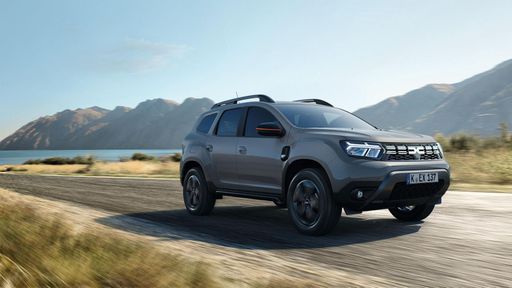 @ Dacia / Renault Group Media
@ Dacia / Renault Group Media
Dacia Duster
Dacia Duster
The Dacia Duster is a no-nonsense compact SUV that delivers rugged practicality and surprisingly comfortable everyday driving without fuss. It might not win any beauty contests, but its honest design, easy-to-live-with cabin and tough attitude make it a smart pick for buyers who want reliable transport without luxury frills.
details @ Dacia / Renault Group Media
@ Dacia / Renault Group Media
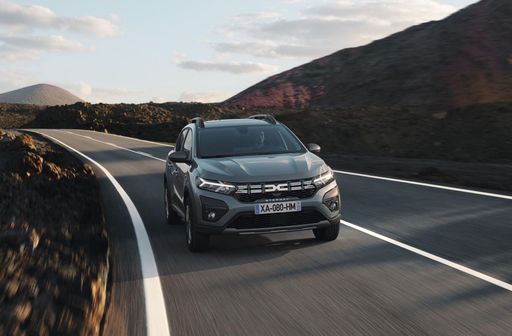 @ Dacia / Renault Group Media
@ Dacia / Renault Group Media
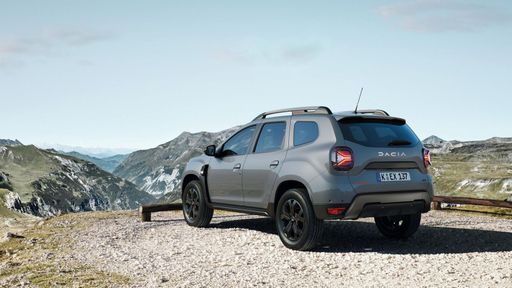 @ Dacia / Renault Group Media
@ Dacia / Renault Group Media
 @ Dacia / Renault Group Media
@ Dacia / Renault Group Media
Kia Ceed
The Kia Ceed is a sensible, stylish hatchback that gives buyers more than they'd expect for the money, blending practical space with crisp, modern looks. It drives with measured confidence and comes loaded with user-friendly kit, so you can enjoy daily life behind the wheel without breaking into a sweat.
details @ Kia Corporation
@ Kia Corporation
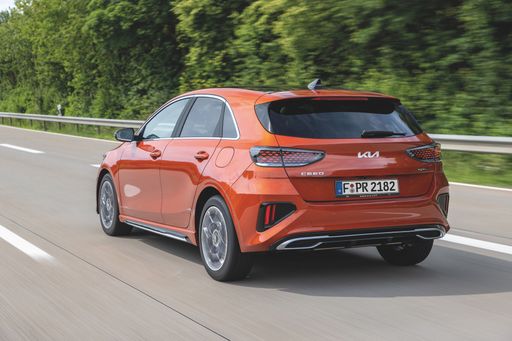 @ Kia Corporation
@ Kia Corporation
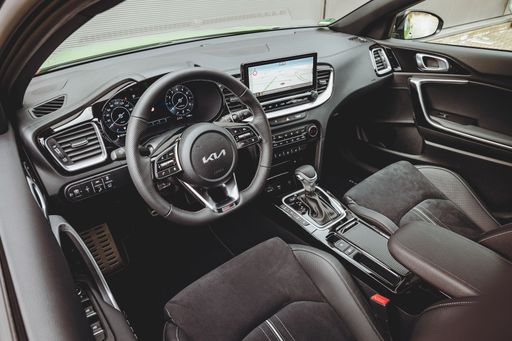 @ Kia Corporation
@ Kia Corporation
 @ Dacia / Renault Group Media
@ Dacia / Renault Group Media
|
 @ Kia Corporation
@ Kia Corporation
|
|
|
|
Costs and Consumption |
|
|---|---|
|
Price
16300 - 24900 £
|
Price
23500 - 26300 £
|
|
Consumption L/100km
4.7 - 7.5 L
|
Consumption L/100km
6 - 6.4 L
|
|
Consumption kWh/100km
-
|
Consumption kWh/100km
-
|
|
Electric Range
-
|
Electric Range
-
|
|
Battery Capacity
0.60 kWh
|
Battery Capacity
-
|
|
co2
107 - 124 g/km
|
co2
137 - 146 g/km
|
|
Fuel tank capacity
50 L
|
Fuel tank capacity
50 L
|
Dimensions and Body |
|
|---|---|
|
Body Type
SUV
|
Body Type
Hatchback
|
|
Seats
5
|
Seats
5
|
|
Doors
5
|
Doors
5
|
|
Curb weight
1377 - 1455 kg
|
Curb weight
1298 - 1372 kg
|
|
Trunk capacity
348 - 517 L
|
Trunk capacity
357 - 395 L
|
|
Length
4343 mm
|
Length
4315 mm
|
|
Width
1813 mm
|
Width
1800 mm
|
|
Height
1656 - 1659 mm
|
Height
1447 mm
|
|
Max trunk capacity
1414 - 1609 L
|
Max trunk capacity
1253 - 1291 L
|
|
Payload
450 - 453 kg
|
Payload
478 - 490 kg
|
Engine and Performance |
|
|---|---|
|
Engine Type
Petrol MHEV, Full Hybrid, LPG
|
Engine Type
Petrol, Petrol MHEV
|
|
Transmission
Manuel, Automatic
|
Transmission
Manuel, Automatic
|
|
Transmission Detail
Manual Gearbox, Automated Manual, Dual-Clutch Automatic
|
Transmission Detail
Manual Gearbox, Dual-Clutch Automatic
|
|
Drive Type
Front-Wheel Drive, All-Wheel Drive
|
Drive Type
Front-Wheel Drive
|
|
Power HP
115 - 158 HP
|
Power HP
100 - 140 HP
|
|
Acceleration 0-100km/h
9.4 - 11.6 s
|
Acceleration 0-100km/h
9.5 - 13.2 s
|
|
Max Speed
180 km/h
|
Max Speed
178 - 197 km/h
|
|
Torque
190 - 230 Nm
|
Torque
172 - 253 Nm
|
|
Number of Cylinders
3 - 4
|
Number of Cylinders
3 - 4
|
|
Power kW
84 - 116 kW
|
Power kW
74 - 103 kW
|
|
Engine capacity
1199 - 1789 cm3
|
Engine capacity
998 - 1482 cm3
|
General |
|
|---|---|
|
Model Year
2025
|
Model Year
2024
|
|
CO2 Efficiency Class
D, C
|
CO2 Efficiency Class
E
|
|
Brand
Dacia
|
Brand
Kia
|
What drivetrain options does the Dacia Duster have?
The Dacia Duster is offered with Front-Wheel Drive or All-Wheel Drive.
The prices and data displayed are estimates based on German list prices and may vary by country. This information is not legally binding.
